I had an interesting discussion on the ebb and flow of motivation this week. I’ll get back to that in a moment, but the slow progress on posting photographs to this page can be explained partly by that motivation, or lack thereof. You see, I have been taking photographs, though at a slower pace than I was in the fall, and I have completed some fun photo projects. But I have been remarkably unmotivated to share them with the world.
You see, I’m not enjoying the computer work portion of sharing photos nearly as much as the taking, developing, and occasional printing of photos. I have nobody to blame but myself, I’m the one who wanted to create a blorg to share my stuff, but therein lies the real problems of motivation. Sustaining momentum.
When I get a head of steam going on a task or project, I have two choices to achieve completion. I can either power through all the way to the end, or I can schedule regular times to chip away at it piecemeal, kept on task through force of habit.
5PM, at specific locations, pen in hand and paper at the ready, is time to write, so I start writing. Every 5PM I am sitting down with pen and paper my body and my brain know what’s happening. Words begin to flow almost immediately. I have done this for years and produced hundreds of pages of fiction, journals, letters, and essays, an hour or two at a time.
Friday night, while doing the week’s laundry, is time to play music. So I play music. Lights go down, guitar comes off the stand, and half hour or forty minutes between swapping loads from one machine to the other find me working on a song, setting up an instrument, or just making glorious noises as I sing along. It’s a wonderful way to spend an evening, and I sing, play, and smell better for the effort.
I do the musical practice several other nights a week, as well, and have a practice area set up with cozy lighting and equipment at the ready. All to make sure that I naturally associate times, locations, and moods with productive behavior.
These are habits, deeply ingrained, that I use to make steady progress on the sorts of slow things. Which development of this blahrg should be. A slow and steady thing, one post at a time, a few photos into a gallery.
Except, it isn’t. I have not set aside that time. Photography, in general, is a very sporadic thing for me. I get bored shooting the same subjects, and might slow down when I don’t feel challenge or like there’s any art in it. Or, I might find a new subject (or camera, or film) that lights me up and has me producing lots of images, or maybe just a few images but ones that really make me happy.
The discussion prompting this post came with a young lady at a coffee shop, one of the places I go to write. I use coffee shops as my writing spaces for a variety of reasons, not the least of which is “habit,” but also to get me away from the place where I work on technical projects — coding, electronics design, or other things not purely creative. It’s also a nice place to do a little people watching, meet a few regulars, and has a bit of the romantic emulation of Lost Generation writers. Hemingway wrote much of his early work with a pencil and a notepad, seated at a cafe in Paris.
I’m no Hemingway, but regulars and the occasional kind barista are on my side and sometimes they’ll ask about my progress. I recently had to admit that I’d gotten nowhere for a few days because I was weirdly obsessed with KiCad, software used to make printed circuit boards. I promise this comes back to photography, and motivation, but my writing is nothing if not self referential and full of metaphor, so I’ll give a quick overview of my KiCad jorney.
I used to make a lot of effects pedals for guitars. By a lot, don’t mean production numbers, but I have made and sold over a hundred, usually with ridiculous graphics,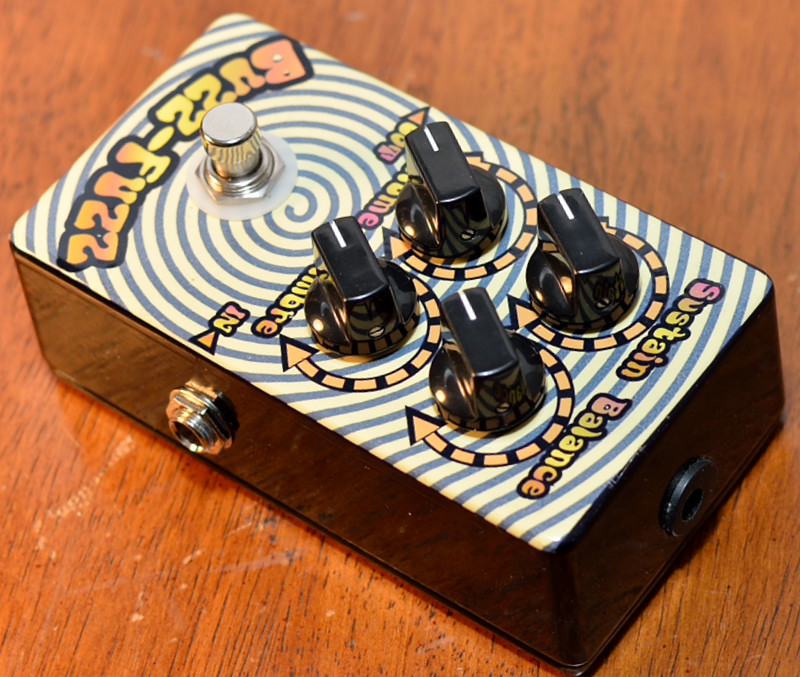
 It was a bit of work learning each of the tasks, and I may have been the only home hobbyist doing clear powdercoat over graphics at the time, so some of the steps I had to pioneer. Trial and lots of error.
It was a bit of work learning each of the tasks, and I may have been the only home hobbyist doing clear powdercoat over graphics at the time, so some of the steps I had to pioneer. Trial and lots of error.
Note that this is not uncommon anymore. In the last decade the hobby has absolutely exploded, as has the “boutique” market for effects pedals with dozens of companies making very similar versions of lots of classic effects. Times have changed.
The making of PCBs at the end of the 20th century was only a larger quantity thing. These machines work on one very large board, drilling, plating, silkscreening it all at once and cutting it into the size you want at the end, and when you had to do a full board all by yourself someone making my kind of circuit would need to order a hundreds of boards to use up a whole panel before it became cost effective. But then the companies got creative and tried a couple of new methods.
One service was limited to two layers of copper, no solder mask or silk screen, but they did excellent work and had quick turn around for just 10 or 15 pieces Many of us used it. Then houses started a service where they’d sit on your design until they had enough similar small-quantity orders to make a run on their fancy machines. They’d piece together full panels from dozens of little guys like me, each of us only wanting a few or a couple dozen small boards, and then run all of our boards on one panel. If you were patient, you could get 5 boards, or 15, or some ridiculously small quantity with a solder mask and silk screening so it looked professional.
Now, of course, there are oodles of places doing this service and it’s pretty easy to get small runs of boards with quick turnaround for just a few dollars each. Which takes some of the fun out of it. All of the circuits are out there, copied to death, made into kits so people can just solder ’em together themselves. There are videos on how to do everything for people who don’t read. It’s absolutely, remarkably accessible. But there’s no more sense of discovery.
Before I go to far afield, there’s a reason I stopped making pedals. Several, really, from restrictions imposed by my straight job to a lack of shop space it became prohibitive. Then, when I had time again, it was hard to get rolling. My software was on an old computer, my tools are limited, the beautifully organized drawers full of components are all in a box somewhere, the boxes of specialty components scattered all over the place.
So, just cleaning up and organizing was hard to do. My software tools had become unusable, and the CAD software I tried to move to was just awful to use, not being meant for a single engineer shop, not having parts libraries for the components I use, and having a workflow massively different from the one I used 15 years ago. Not having your tools ready is a motivation killer.
On a whim, I decided I needed a buffer/booster for my pedal board. I used to make these in several flavors, and though it would be fun to make the one I want, in the smallest package possible. I actually gave away my last copy of this pedal, so rather than dig up my old files I decided to do it all from scratch. So I decided to look at KiCad again for PCB design.
KiCad, since I first tried it all those many years ago, had evolved massively. I hated it when it first came out, I just couldn’t get rolling. But now it’s awesome in many ways. There are libraries for everything, and making my parts to my own spec is easy. The workflow is now very easy to get into for a former Eagle user like me. I got obsessed, cranked out a circuit, cranked out a couple PCBs on the circuit, even got into the spice simulation. It fired my imagination and I have ideas for several other circuits to use on bass or acoustic guitar.
So, when the young lady at the coffee shop asked about progress on my writing I had to admit “I haven’t done much this week. I got a bit obsessed with…” then cut myself off before I added a thousand words totally off topic that most likely wouldn’t be understood. Every time I sat down to write, I’d have thoughts about a circuit design. I’d consider a need, a problem with gain staging, even the math around high pass or shelving filters. I couldn’t concentrate on my fiction as I would go full ADD, so I just spent some time drawing out my circuits, making notes of my problems and what to work through, queueing up tasks to accomplish if I wanted to design and actually build my pedals. Then I could get right to work on the computer when I got home.
That’s a head of steam, barriers overcome, and the wonderful creative mindset that goes with progress.
I haven’t had that with photography in some ways. I haven’t shot black and white for a while, so when I finished a couple of rolls I didn’t have fresh fixer, so I couldn’t develop until I got new fixer and mixed it up, and so those rolls sat. I pretty much have to go through all of my chemicals, sort them out, make sure I have them mixed fresh and ready and get to my backlog of film. Then I have to scan it. Then upload any that I like. Then I have to come up with a topic or a theme for a gallery, and maybe I have to fight with my site software to make the gallery or portfolio page look like I want. It’s all adding up.
So, here’s the deal. Shoot regularly. Shoot a roll or three, develop them immediately, and get ’em scanned. Get in the habit like the habit of washing dishes right away, or doing laundry on Friday nights. And, if you don’t have anything interesting to
shoot, help a friend out by getting them some pictures for their own uses, because then you’re beholden to someone and can focus on a single project. Get a little obsessed with something, or make it a habit because on Tuesday night you put on an album you never listened to end-to-end and develop film, or on Sunday evening you do photo editing. Every week. Because that’s what you do on those evenings for that hour.
Alas, I have no night for updating the website. It requires me to take a photo I like, or find interesting.
Or to do a project I think worth sharing. So maybe I’ll take my own advice and decide everything I upload should have at least one thing that I share, because all I have done of late is posting galleries that folks I’ve worked for can peruse. In fact, I’ll attach a fun shot from last month’s project as this image’s featured article.
There’s nothing interesting about a website full if images I don’t let you see!
We’ll see.
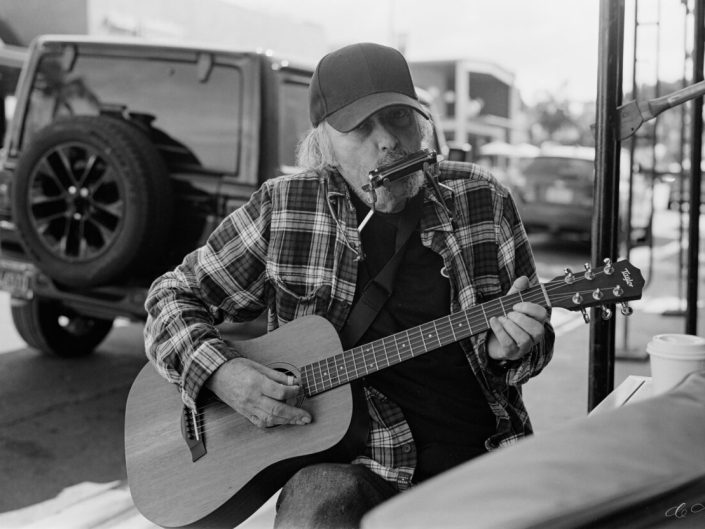

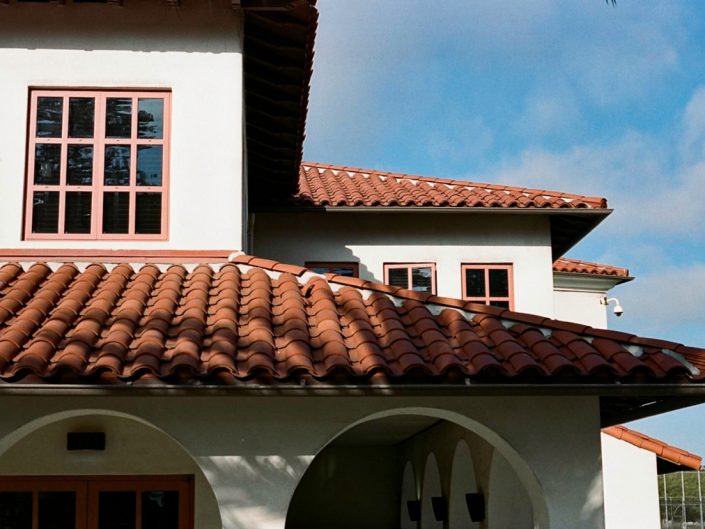


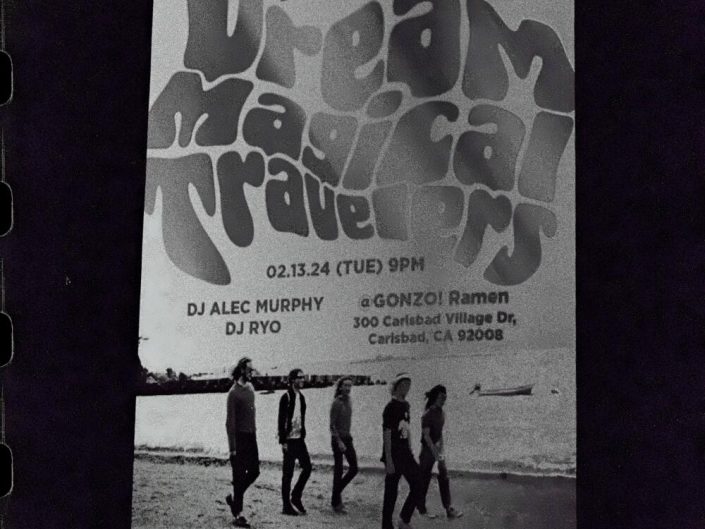
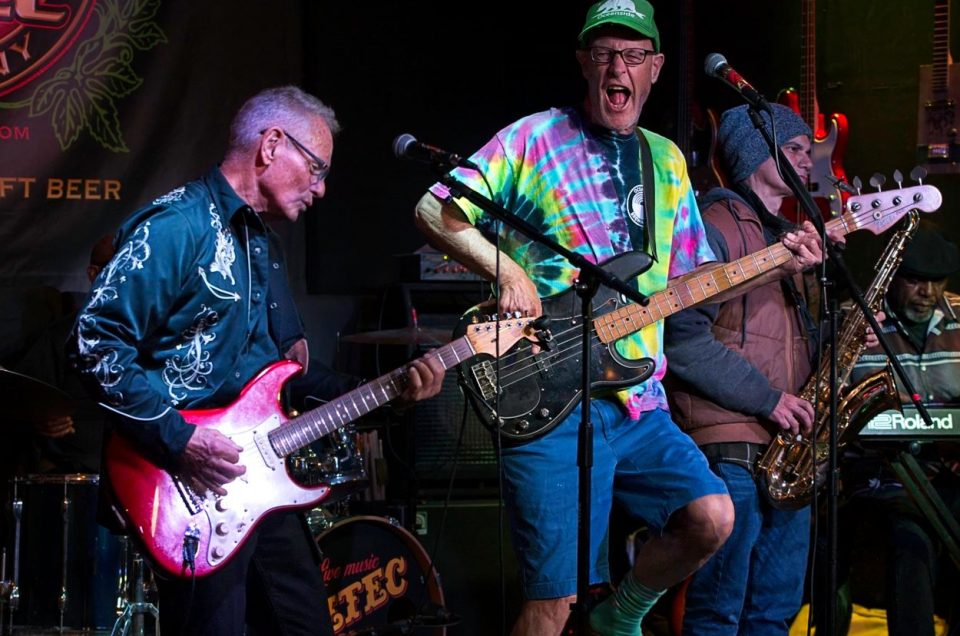

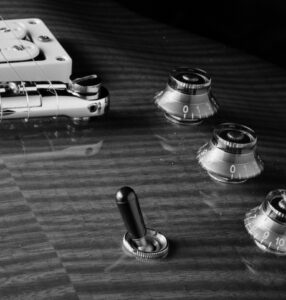
Leave a reply